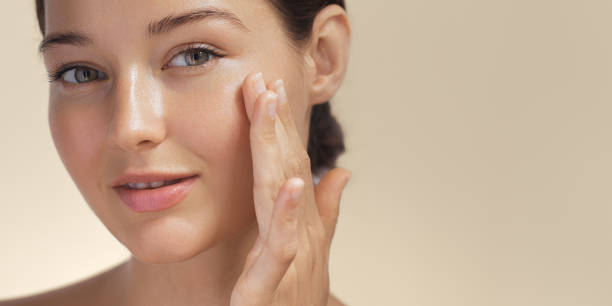Fragrance-Free Formulations: Who Benefits and Why
Fragrance-free formulations remove added scents from skincare, haircare, makeup and other cosmetics to reduce irritation and improve tolerance for sensitive skin types. This article describes who benefits most, how formulations differ, and practical tips for creating a fragrance-free regimen that supports healthy-looking glow without unnecessary irritants.

Fragrance-free products avoid added perfumes and aromatic blends so users get a cleaner ingredient profile and fewer sources of irritation. People seeking simpler routines, those with sensitive skin types, or anyone reacting to scented products often find fragrance-free options more predictable. Fragrance-free does not mean inert—many formulations still include active serums, moisturizers, and treatment ingredients—but removing scent narrows the range of potential offenders and makes it easier to identify true triggers in a skincare or haircare regimen.
Why choose fragrance-free in skincare?
Fragrance-free skincare reduces exposure to common sensitizers that can provoke contact dermatitis, stinging, or redness. For anyone using targeted actives—retinoids, exfoliating acids, or potent antioxidants—pairing them with fragrance-free moisturizers and serums can limit cumulative irritation. Look for clear ingredient lists and avoid products labeled “unscented” when they actually mask odors with masking agents; true fragrance-free formulations explicitly state no added fragrance. Consistent use of fragrance-free cleansers and moisturizers helps maintain barrier function and supports more reliable outcomes across different skin types.
Fragrance-free and different skin types
People with dry, oily, combination, aging, or acne-prone skin can all benefit from fragrance-free options, but the reasons vary. Dry or compromised skin often needs barrier-repair moisturizers without scent to avoid flares, while acne-prone skin may react less when aromatic botanicals are removed. Sensitive or reactive skin types typically show the clearest improvement after switching to fragrance-free products. Patch testing new serums and moisturizers and introducing items one at a time helps reveal whether scent was contributing to previous irritation.
This article is for informational purposes only and should not be considered medical advice. Please consult a qualified healthcare professional for personalized guidance and treatment.
Fragrance-free in makeup and cosmetics
Makeup and cosmetics without added fragrance can be useful around delicate areas like the eyes and lips, and for people undergoing dermatologic treatments. Foundations, tinted moisturizers, and concealers formulated without scent help minimize cumulative exposure when layered with skincare serums. Fragrance-free cosmetic formulations rely on pigment, texture, and film-formers rather than scent to improve wear and finish. Choosing fragrance-free options can also simplify matching a makeup routine to a daytime or evening regimen without introducing unexpected reactions.
Haircare formulation and sensitive scalps
Haircare products often use perfumes to create a pleasant post-wash scent, but fragrance-free shampoos and conditioners are available for those with scalp sensitivity or fragrance intolerance. These formulations emphasize milder surfactants, soothing humectants, and scalp-targeted actives to reduce itching and inflammation. Switching to fragrance-free haircare may require a transition period of a few washes as oils and the scalp microbiome rebalance, but many users report reduced irritation and improved comfort over time when scent compounds are removed.
Ingredients, cruelty-free, vegan, and sustainability
Fragrance-free is a single attribute and does not automatically imply cruelty-free or vegan status; those are separate claims that require verification. Review ingredient lists to check for animal-derived components and look for recognized cruelty-free and vegan certifications if those values matter. Sustainability considerations—like responsible sourcing, reduced packaging, and transparent supply chains—are independent as well. A conscious consumer can prioritize fragrance-free formulations while also evaluating ingredients, certifications, and brand practices to align with cruelty-free, vegan, or sustainability goals.
Building a fragrance-free regimen for glow
A fragrance-free regimen that aims for healthy glow combines gentle exfoliation, targeted serums, and a reliable moisturizer. Begin with a mild cleanser, introduce a fragrance-free serum addressing hydration or antioxidant needs, then seal with a moisturizer suited to your skin type. Sunscreen is essential and many options are available without added fragrance. For makeup, choose fragrance-free primers or tinted moisturizers to enhance radiance without introducing scent. Introduce products gradually and patch test to confirm tolerance while tracking improvements in skin comfort and appearance.
Fragrance-free formulations offer practical benefits for individuals with sensitive skin types, those undergoing dermatologic treatments, or anyone preferring simplified ingredient lists. When paired with careful attention to ingredients, cruelty-free or vegan preferences, and sustainable practices, fragrance-free products can support comfort and help maintain the appearance of healthy, glowing skin without unnecessary aromatic additives.





